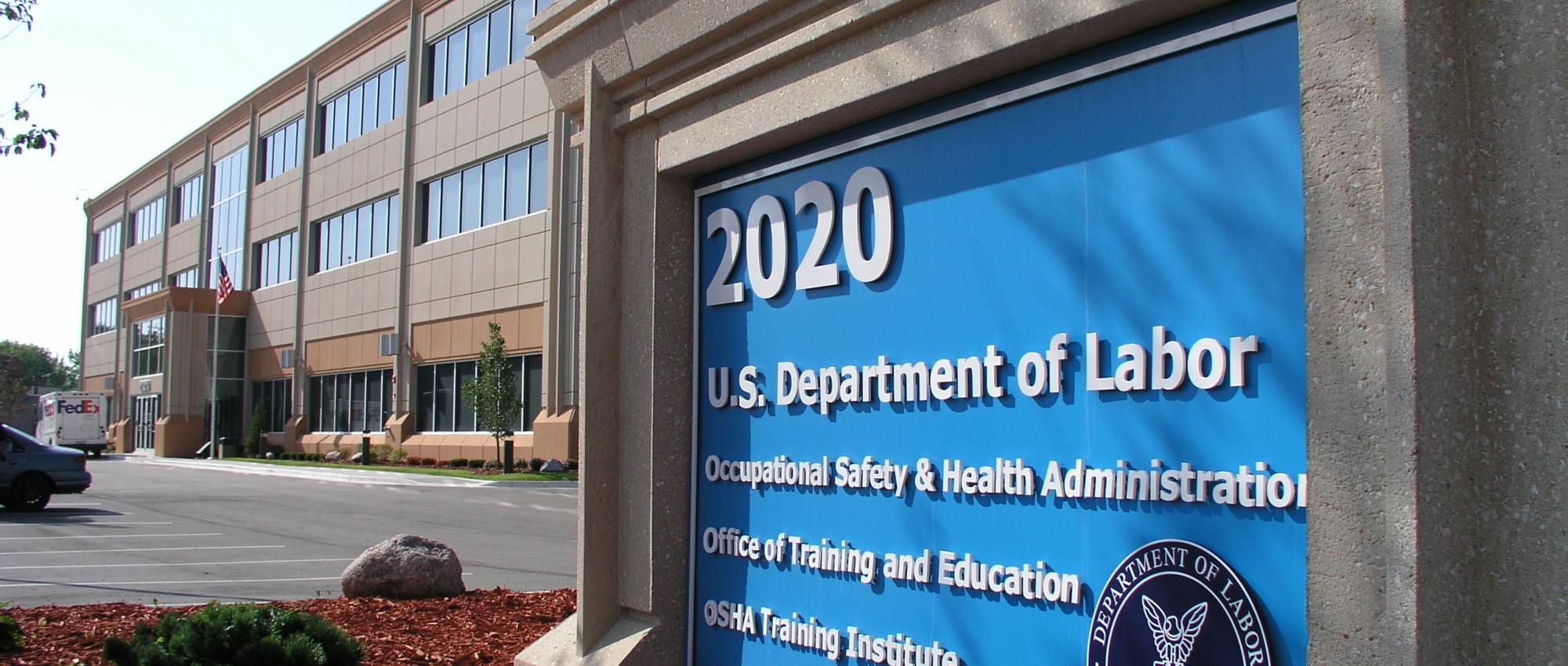On Nov. 4, the Occupational Health and Safety Administration (OSHA) released its long-awaited Emergency Temporary Standard (ETS) for COVID vaccination and testing. As predicted, scores of businesses and several states have filed lawsuits challenging the legality of the ETS.
The legal fight aside, there is a basic problem with the mandate's implementation. Writing for The Dispatch on Sept. 24, I explained the problem with the mandate's timing amidst the inevitable legal delays: “Even if it survives all legal challenges, implementation of the employer mandate may be delayed until long after it’s needed.”
OSHA released the ETS 56 days after Biden’s televised announcement. Moreover, the ETS sets the deadline for employers to establish and enforce a COVID vaccination policy by Dec. 5, or to have a weekly COVID testing policy by Jan. 5, 2022. This represents OSHA's most optimistic timeline that is unlikely given the array of legal challenges against the ETS. Meanwhile, in the nearly two months it took to draft the ETS, its necessity has declined primarily for three reasons.
First, the delta wave has waned. Since their late-summer peaks, all major COVID metrics have declined nationally: COVID cases by more than 58%, hospitalizations by more than 54%, and deaths by more than 41%.
Second, the number of people who have either been vaccinated or infected and recovered has increased substantially. In addition to the millions recovering from infection in the delta wave, the CDC now reports that 78.8% of the population 12 years of age or older has received at least one vaccine dose. Among those 65 or older, an incredible 98.2% have received at least one dose and 85.6% have been fully vaccinated.
Finally, the day after the ETS was released, Pfizer released preliminary clinical trial data on the effectiveness of Paxlovid, a new anti-viral treatment found to reduce the risk of hospitalization or death by an impressive 89%. The study was halted early because of its overwhelming effectiveness. The positive results of Paxlovid follows results released last month on Merck’s molnupiravir, which showed a reduction in hospitalization and death by 50%.
It is the advancement of COVID treatments especially that the Biden administration has failed to consider in issuing an employer vaccine/testing mandate. As justification for the ETS, OSHA estimated it will prevent 250,000 hospitalizations and save 6,500 lives over the next six months. But these estimates don't consider the effects of Paxlovid and future therapeutics since Pfizer did not release its preliminary results until after OSHA issued the ETS.
Aside from whether OSHA's estimates meet a "grave danger" threshold necessary for the ETS to be legal, the impact of the ETS will be even smaller when factoring the results from Paxlovid, assuming they hold true for the general population. Thus, OSHA’s estimates would be reduced to 27,500 hospitalizations and 715 deaths prevented over six months. While every COVID death is tragic, these numbers don’t justify a sweeping vaccine or testing mandate.
Given the changing landscape of the pandemic, the Biden administration should reverse course and rescind the ETS before it is ever enforced.

